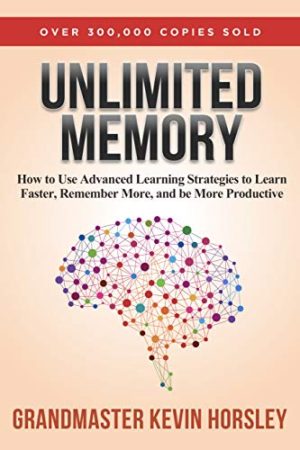As the subtitle shows, this book is to show how to use advanced learning strategies to learn faster remember more, and be more productive.
The authors say that memory is an essential part of learning.
Learning and memory are the two most magical properties of the human mind. Learning is the ability to acquire new information, and memory holds that information in place over time.
I learn a lot about attitudes such as self-limitation. And I fully agree with the author’s statement below.
If you believe you have a bad memory, you will always act and think in accordance with that belief.
My mother always says that she has a lot of forgetfulness. She has been saying the same thing for 10 years. I said that if you believe so, you will be the one who believes.
And authors also say concentration is important.
We even focus on things we can’t change (like traffic) which only makes us unhappy and wastes our mental power.
Regarding concentration, I was really impressed by “Stop Multitasking”.
Many people simply can no longer focus for an extended period of time.
This is true and I think it’s my weakness that I can’t stop multitasking. Honestly speaking, I was trying to justify myself, claiming that multitasking was needed to do a lot of things in parallel and get them done quickly.
Use an image with the SEE principle
SEE principle is an acronym of Sense, Exaggeration, and Energize and is the standard for creating images.
We need the imagination to think about images that recall the words. We can train our memory and our creativity by thinking about images.
And we can use long-term memory to connect with the words we want to remember based on the following equation.
The good thing for my understanding is that the author shows some cases to use Car, Body, Pegging, Room that are already in our long-term memory. Especially visual images are really helpful for my understanding.
Long Term Memory (LTM) + Short Term Memory (STM) = Midium Term Memory (MTM)
How to remember numbers
This is the interesting part for me. Here is a decode table from number to the alphabet.
0 – S, Z, or C sound
1 – T or D sound
2 – N sound
3 – M sound
4 – R sound
5 – L sound
6 – J, Sh, soft Ch, or soft G sound
7 – K or C sound
8 – F or V sound
9 – B or P sound
No Value – vowels (a, e, i, o, and u) and other letters (w, h, and y)
I did practice 3 examples.
See my images here.
Thank you for reading this post.
Please check Kevin Horsley’s website.
RELATED POSTS


